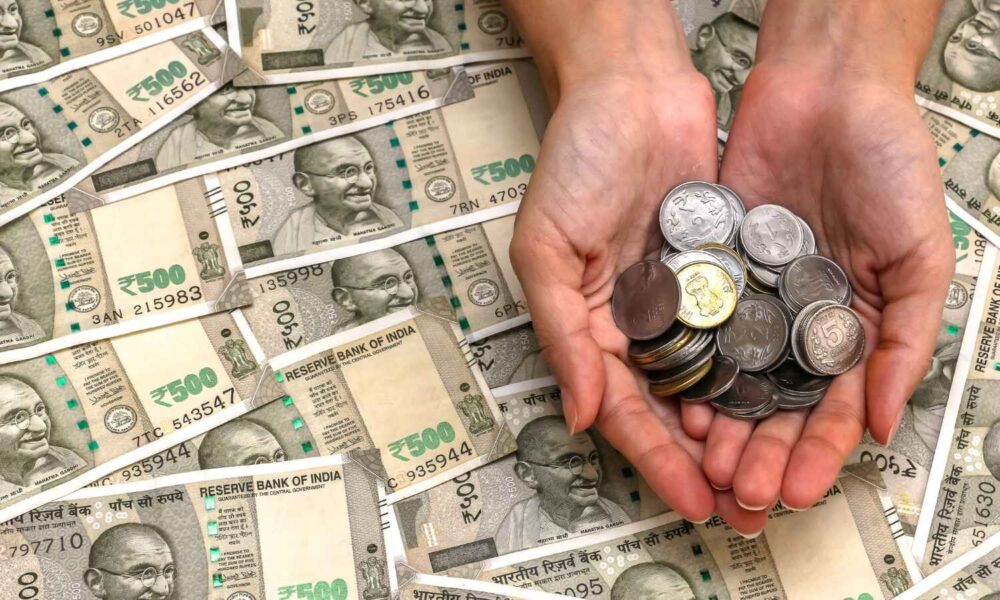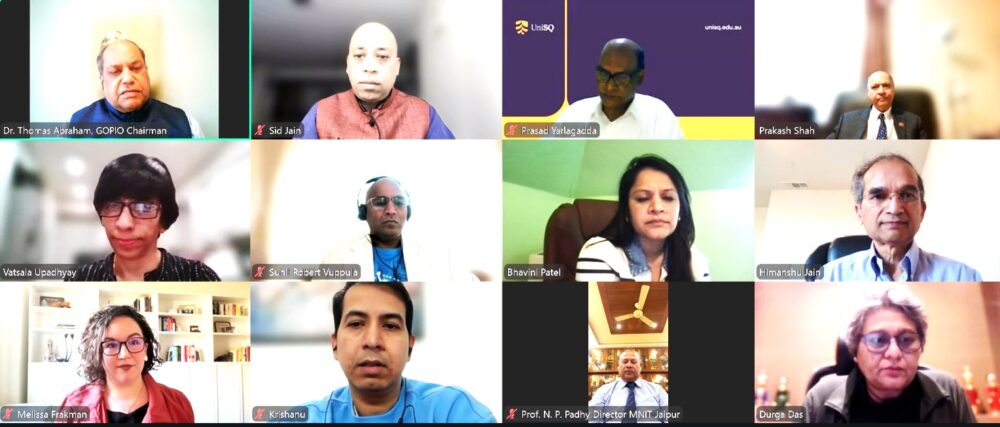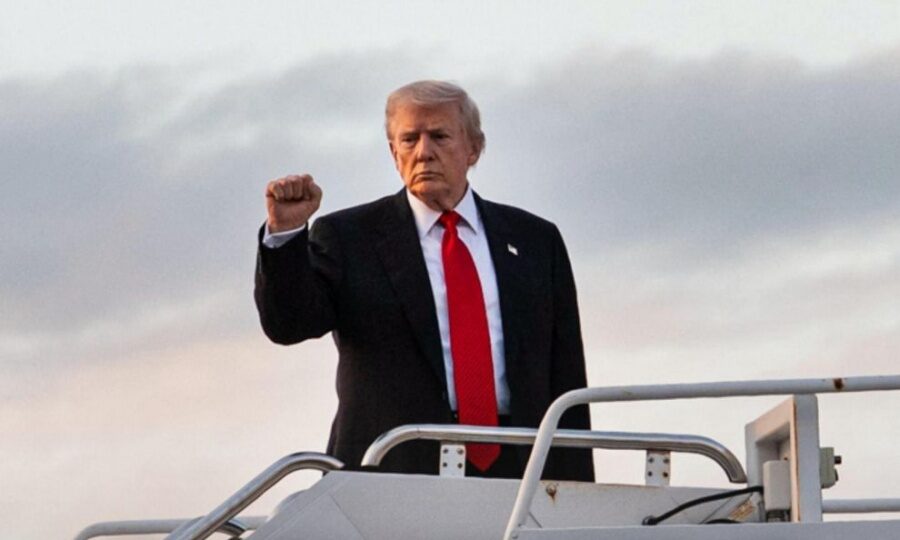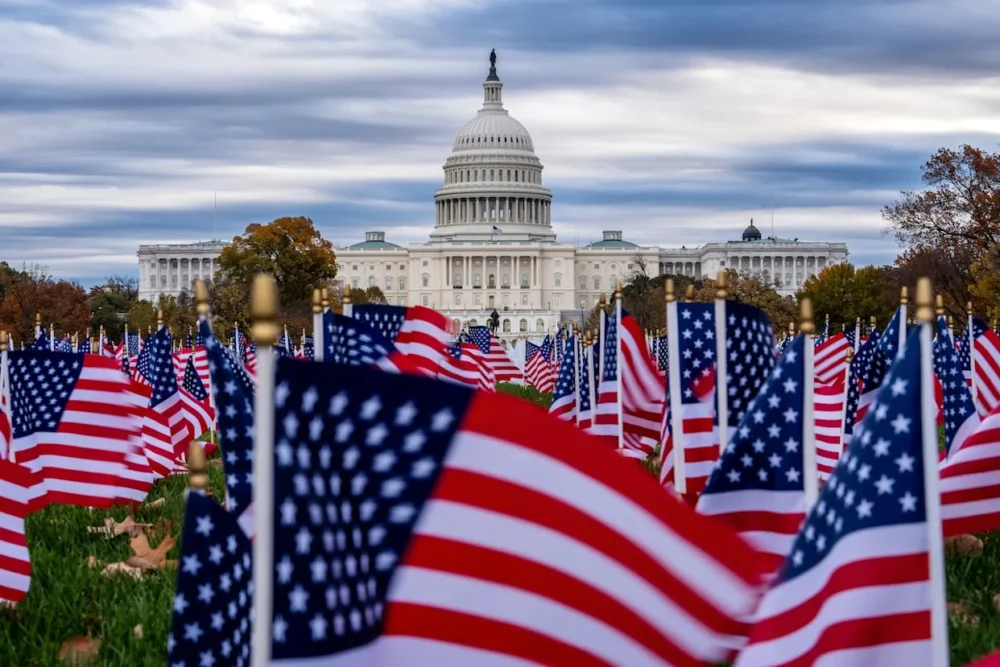The Indian rupee has fallen to a record low of 88.79 per U.S. dollar, weighed down by higher U.S. tariffs and steep H-1B visa fee hikes that threaten India’s services sector. Despite this weakness, the options market remains calm, with volatility levels showing little sign of stress.
Analysts note that implied volatility for both three-month and one-year rupee contracts is at multi-month lows. This unusual stability is largely due to Indian companies actively hedging their dollar exposure through forwards and options, which reduces risk perception and keeps the market steady.
Data shows a sharp increase in hedging activity, with dollar/rupee options volumes jumping nearly 70% in the first eight months of 2025 compared to last year. Meanwhile, offshore traders are avoiding aggressive short positions on the rupee, discouraged by past losses and the Reserve Bank of India’s (RBI) active interventions.
Under the leadership of Governor Sanjay Malhotra, the RBI has widened the rupee’s trading band but continues to ensure orderly market conditions. This balance between flexibility and oversight has prevented sudden swings despite currency pressures.










